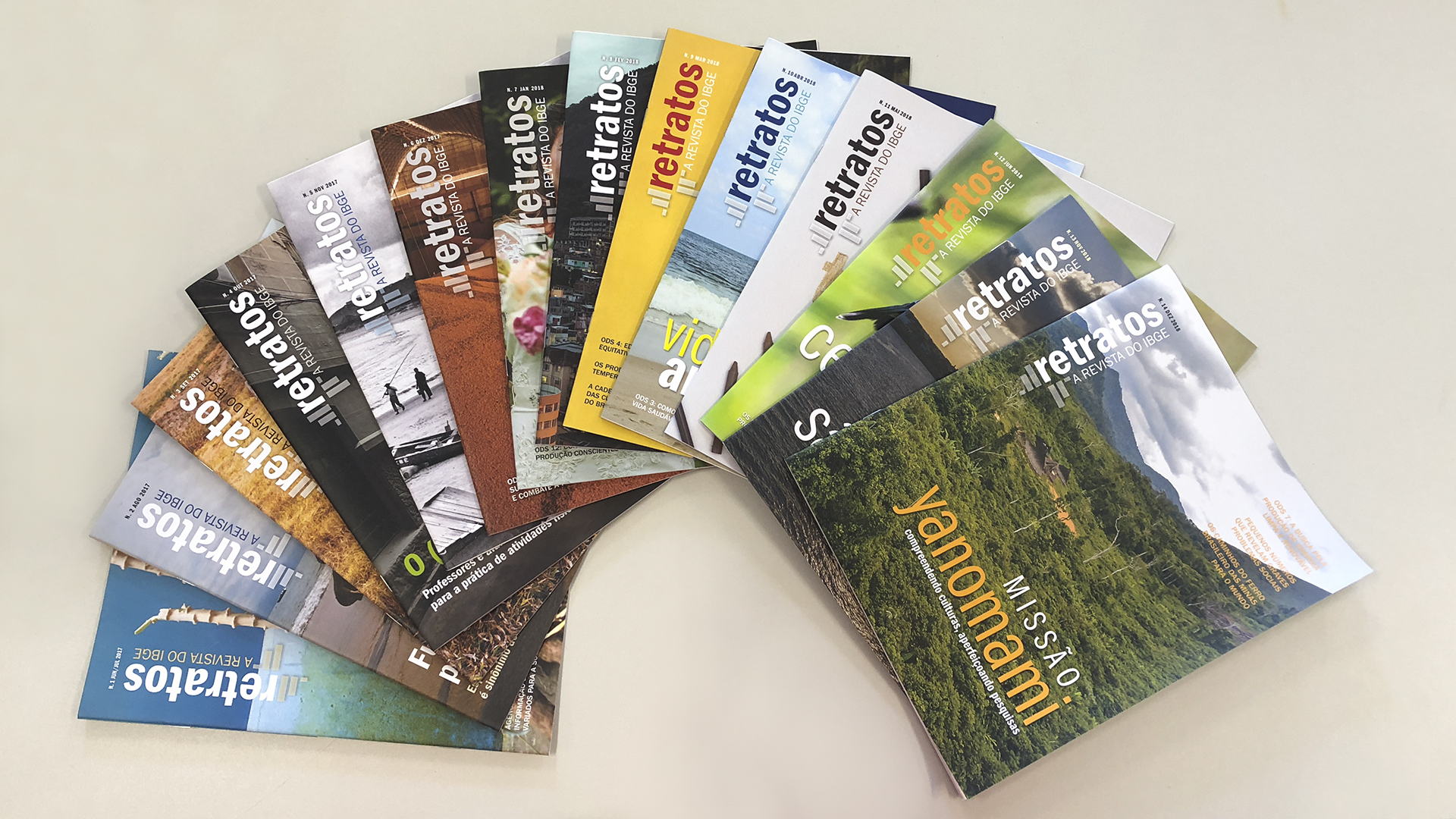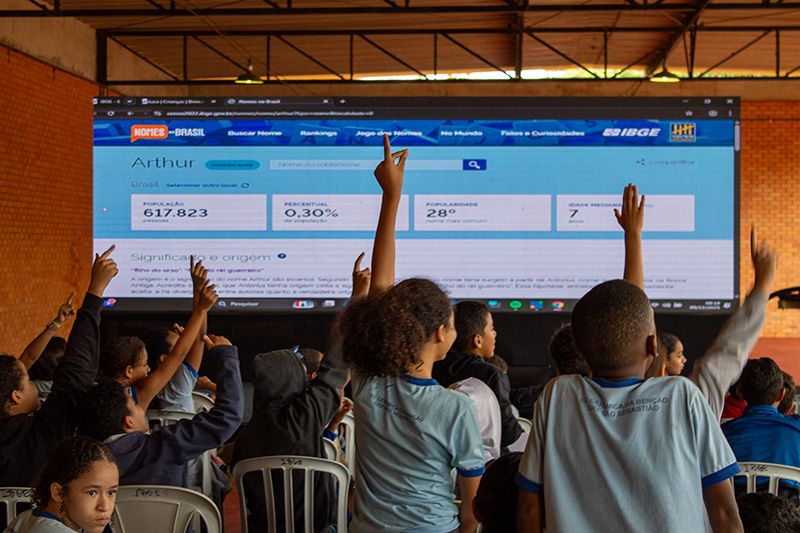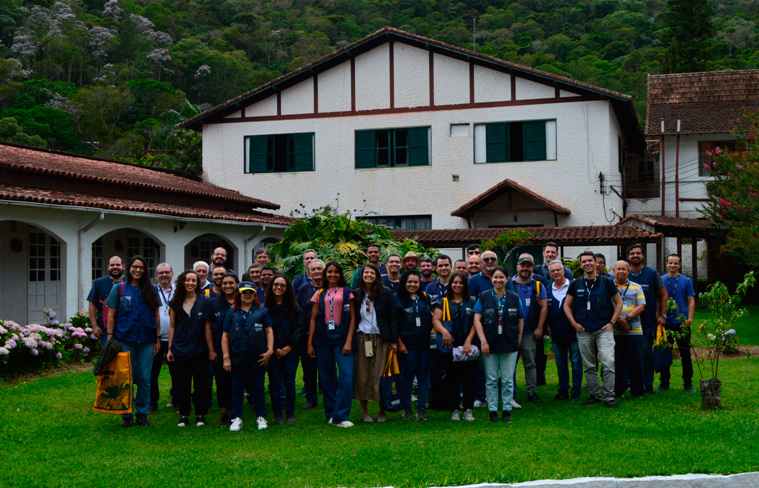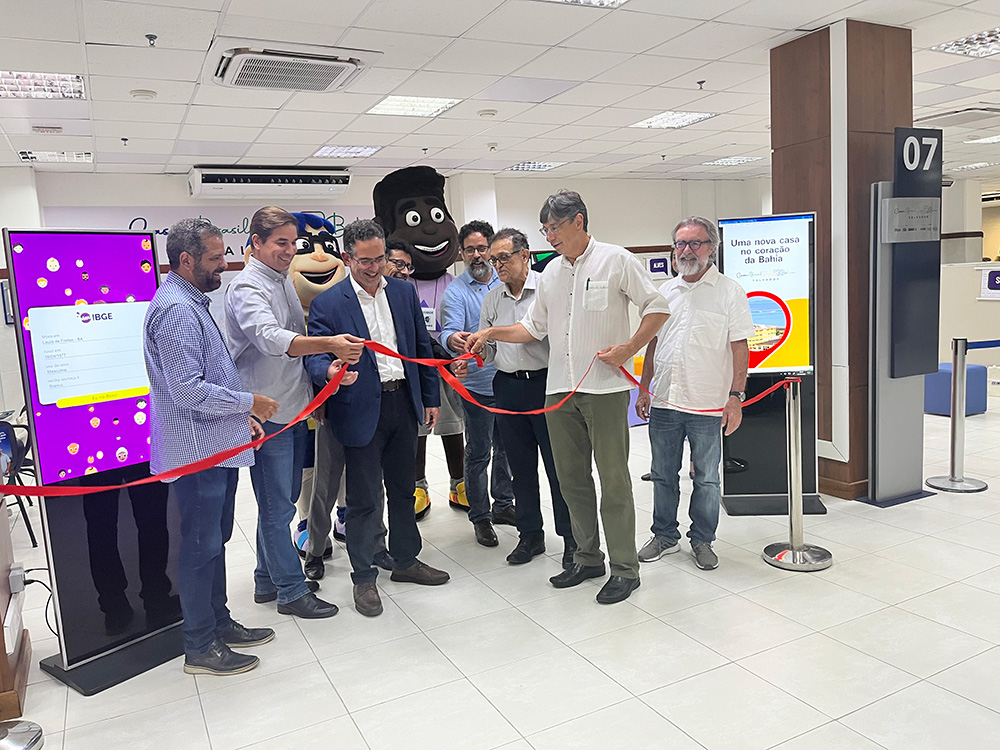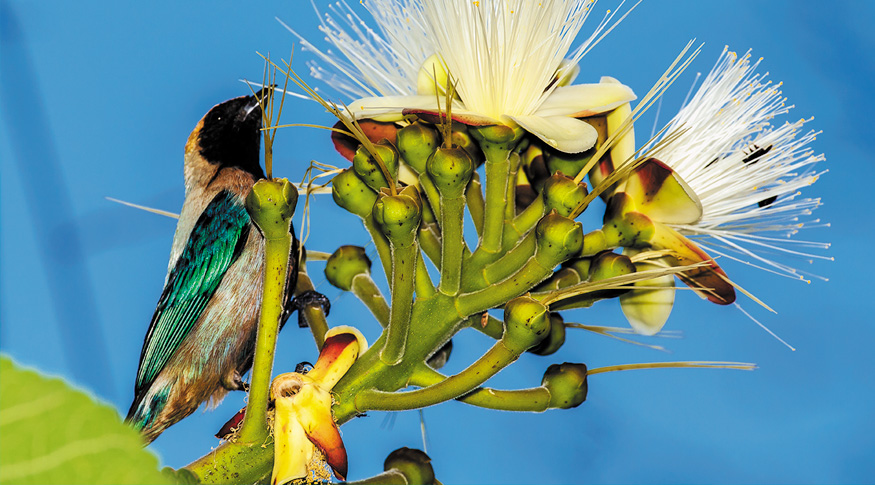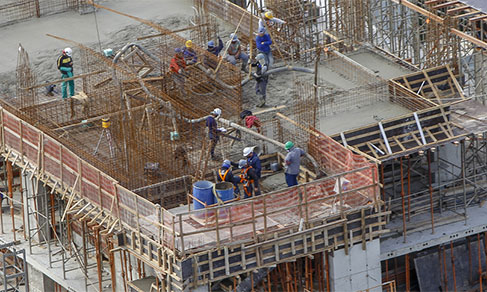Transparency
2018 in retrospect: IBGE releases Census of Agriculture and prepares for the Population Census
December 28, 2018 02h45 PM | Last Updated: December 28, 2018 05h13 PM
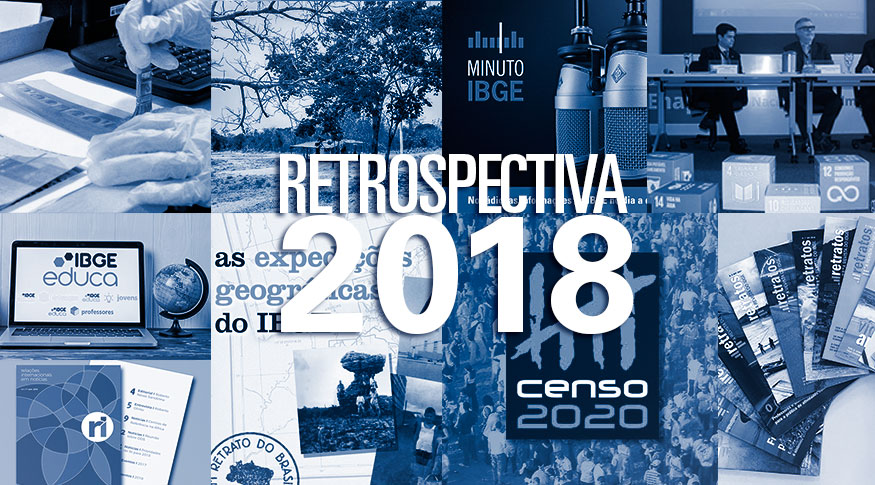
One of the highlights in 2018 was the release of the Census of Agriculture results, an updated portrait of the rural area in Brazil. The year was also marked by advances towards the consolidation of a national Statistical and Geoscientific system, by quality in management and investments in communication, which led to increased access and use of the IBGE products. Another highlight is the preparation for the 2020 Population Census.
The initial results of the Census of Agriculture were released on July 26 and presented the increase of mechanization and the subsequent reduction of rural workforce. There was decrease by 1.5 million persons in agricultural activities, versus data from the 20006 Census, and the average number of employed persons per establishment fell from 3.2 to 3. The number of tractor trucks, on the other hand, increased 49.7% in the period and reached 1.22 million units. In December, the IBGE launched the thematic volume Geography of Brazilian Agriculture, a group of 151 maps and 135 graphs which presents a geography-based analysis of the Census of Agriculture initial results, available in the National Atlas.
In an effort to have a more democratic Census, the Institute conducted a public consultation on the Internet for people to suggest topics to be covered in the 2020 Population Census questionnaire. It was the first time the Institute conducted such a type of consultation, and a total 3,198 contributions came between February and May. The latter month also marked the first online collection test for the 2020 Census. The rehearsal took place in 52 municipalities in the country, spread among the five Major Regions, including housing units in all the Brazilian capitals and in cities with a population above 500 thousand residents, besides Curitibanos (SC), Cravinhos (SP) and Baturité (CE).
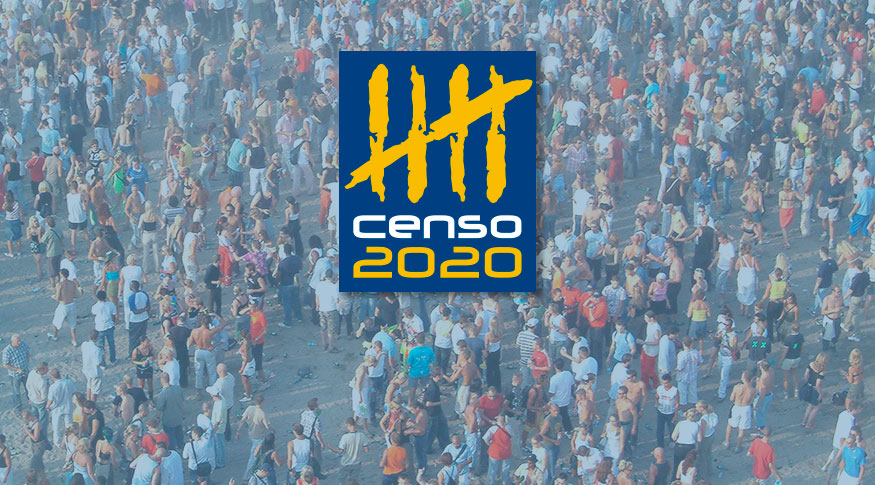
The first meeting of the Census Consulting Committee was held in June, and it had the objective of presenting the questionnaire, the technical and methodological aspects and the work program set for the Committee in the period 2018-2021. The team is formed by experts in Statistics, Demography, Geography, Sociology and Economy, who are responsible for giving contributions to the biggest sociodemographic survey in our country. In the month of November, representatives from the public and private sectors and of the civil society joined IBGE researchers, in the city of Rio de Janeiro, to know more about the preparations for the 2020 Population Census.
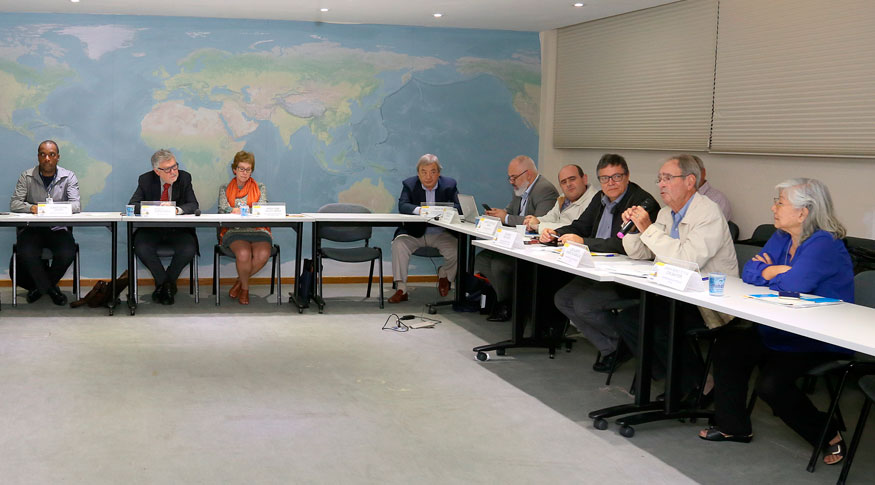
In the field of services, a thousand IBGE agents, spread around 1,900 municipalities in the country, finished, in May, data collection for the Consumer Expenditure Survey, which visited about 75 thousand housing units in order to find out how much money Brazilians earn and spend. The survey results are expected for 2019.
The releases of IPCA, IPCA-15 and INPC started, in the month of June, to include results for the municipalities of Aracaju (SE), Rio Branco (AC) and São Luís (MA). The National System of Consumer Prices and Indexes now covers a total 16 areas, with increased representation of the North and Northeast Regions in the country’s inflation.
In the field of Geosciences, in March, the IBGE worked on the mapping of Brazilian biomes: the Amazon, Cerrado, Atlantic Rainforest, Caatinga, Pampa and Pantanal. The project aims at the creation of a biome map at the 1:250,000 scale (1cm =2.5 km).
In December came the portal BDiA Web, which allows visualization and consultation to data and maps from the IBGE Environmental Database about the topics vegetation, pedology (soil), geology and geomorphology. The platform facilitates the search for information collected in the field throughout the last 20 years.
With the inclusion of manioc flour from Cruzeiro do Sul (AC), of the guaraná from Maués (AM), of the cheese from Colônia Witmarsum (PR), of the cacao nuts the South of Bahia of the socol (a type of ham) from de Venda Nova do Imigrante (ES), the Map of Geographic Indications of Brazil, released in October, now consists of 58 certified items. The project is the result of a partnership between the IBGE and the National Institute of Industrial Property (INPI).
The president of IBGE, Roberto Olinto Ramos, represented the institute in the 49th session of the United Nations Statistical Commission (UNSC), conducted in March, in New York (USA), with the theme “Better data, better lives”. Besides the president, the IBGE delegation was formed by the Director of Surveys, Claudio Crespo, by the director of Geosciences, João Bosco de Azevedo, and by the International Relations representative, Roberto Sant’Anna.
Also in the month of March, the IBGE welcomed the Work Group on Forced Labor Statistics promoted by the International Labor Organization (ILO). For three days, participants from 23 countries discussed the methodology for the production of indicators related to the topic.
In June, two technical cooperation agreements were signed with the statistical agencies from Mexico (Inegi) and from the European Union (Eurostat). The formalization of the pacts took place between the 66th Plenary Session of the Conference of European Statisticians (CES) and 15th Session of the OECD Committee for Statistics and Statistical Policy (CSSP-OCDE). These partnerships are part of the policy of international insertion of the IBGE.
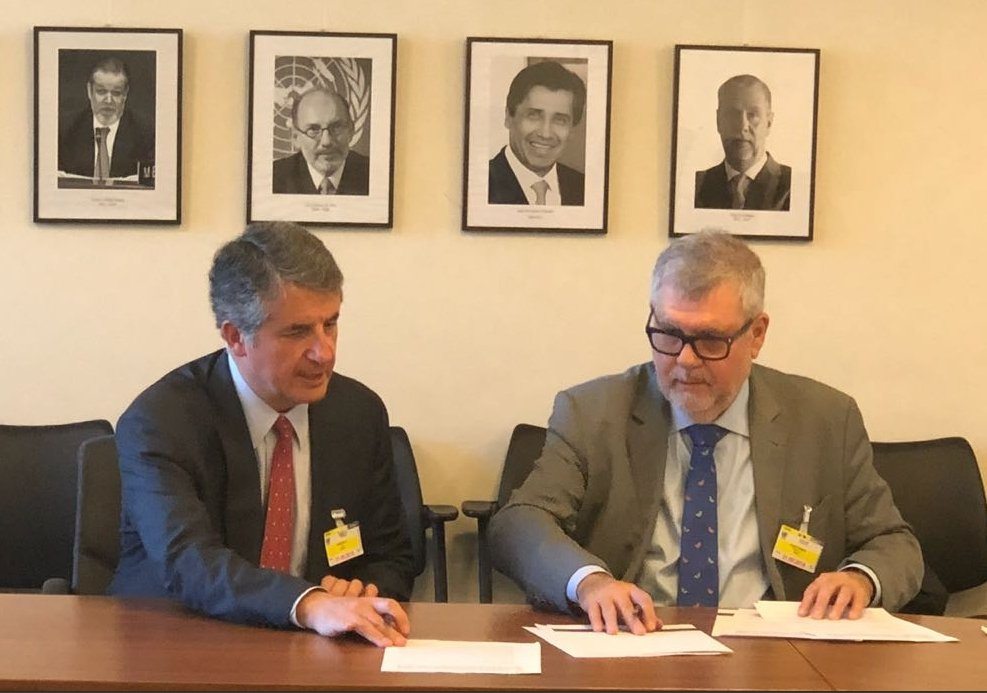
The 3rd Meeting of Information Producers aimed at the 2030 Agenda gathered about 300 technicians from the federal government engaged in the elaboration of global indicators to monitor the 17 Sustainable Development Goals (ODS) in Brazil. The event, organized by the IBGE in partnership with the Government Secretariat, was held in April, at the National School of Public Administration (Enap), located in Brasília (DF).
During the meeting, there was the launch of the Digital Platform of Sustainable Development Goals (ODS Platform). It presents the first group of global indicators of Brazil for monitoring of those objectives, with methodological sheets, tables, graphs and maps. The platform also has a section for news, interviews, reports and audiovisual material about the topic, besides a calendar of events.
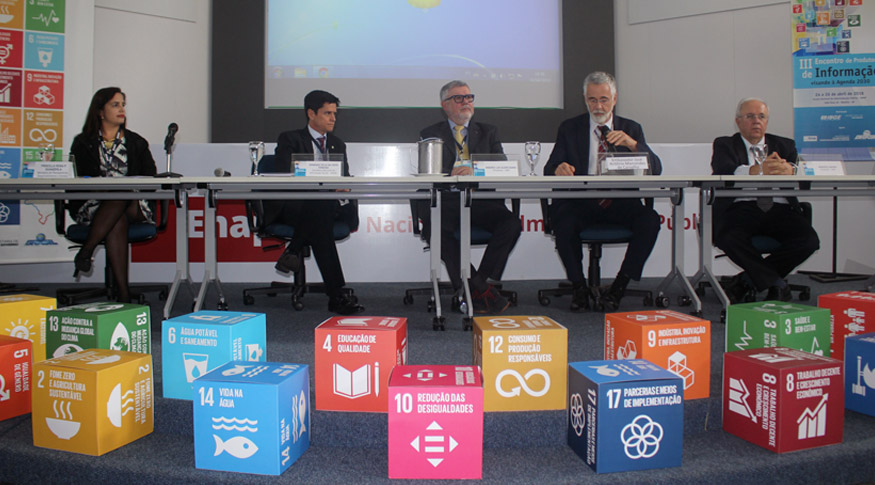
To show the proximity between the IBGE and the House of Representatives and the Senate, we organized, in April, the exhibition “IBGE closer to you”, in the National Congress, Brasília (DF). Students and politicians had the chance of literally walking on the interactive map of Land use and Coverage representing the 8.5 million km² of the Brazilian territory. The exhibition also made stations available for the audience to access the digital material produced by the Institute.
The portal IBGE Teaches, which produces content for children, youth and teachers, was launched in April. It contains three areas adapted for each of those segments, and presents relevant information about economic, social and territory aspects of the Brazilian population. Students, from their literacy classes to higher education, will be able to find at IBGE Teaches a reliable source for research about the country, its territory and population.

The Graduate Program of the National school of Statistical Sciences (ENCE/IBGE) celebrated its 20th anniversary. Created in 1998, with the Master’s Program in Population Studies and Social Surveys, the program increased its scope of action in the last decade: the initial course was revised and a doctor’s program, initiated in 2015. Because of that, in 2014, it received a new name: Graduate Program in Population, Territory and Public Statistics. So far, the program has produced a total 353 dissertations and 2 doctoral theses. On November 26, ENCE held the seminar “Twenty Years of the Graduate Program of ENCE/IBGE”.
With the objective of expanding and disseminating its participation in the global scenario, the IBGE released, last April, the first edition of News on International Relations, a digital magazine. In May, the Institute released a new channel for communication which translates statistical and geoscientific information into accessible language for radio listeners. IBGE in a Minute presents the IBGE data contextualized in the lives of Brazilians, as one more way of bringing the Institute closer to citizens. IBGE in a Minute was lauched in the same week we celebrated our 82nd anniversary and the 1st anniversary of the IBGE News Agency and of Retratos Magazine. The year was also marked by the increase of followers in the IBGE social media.
